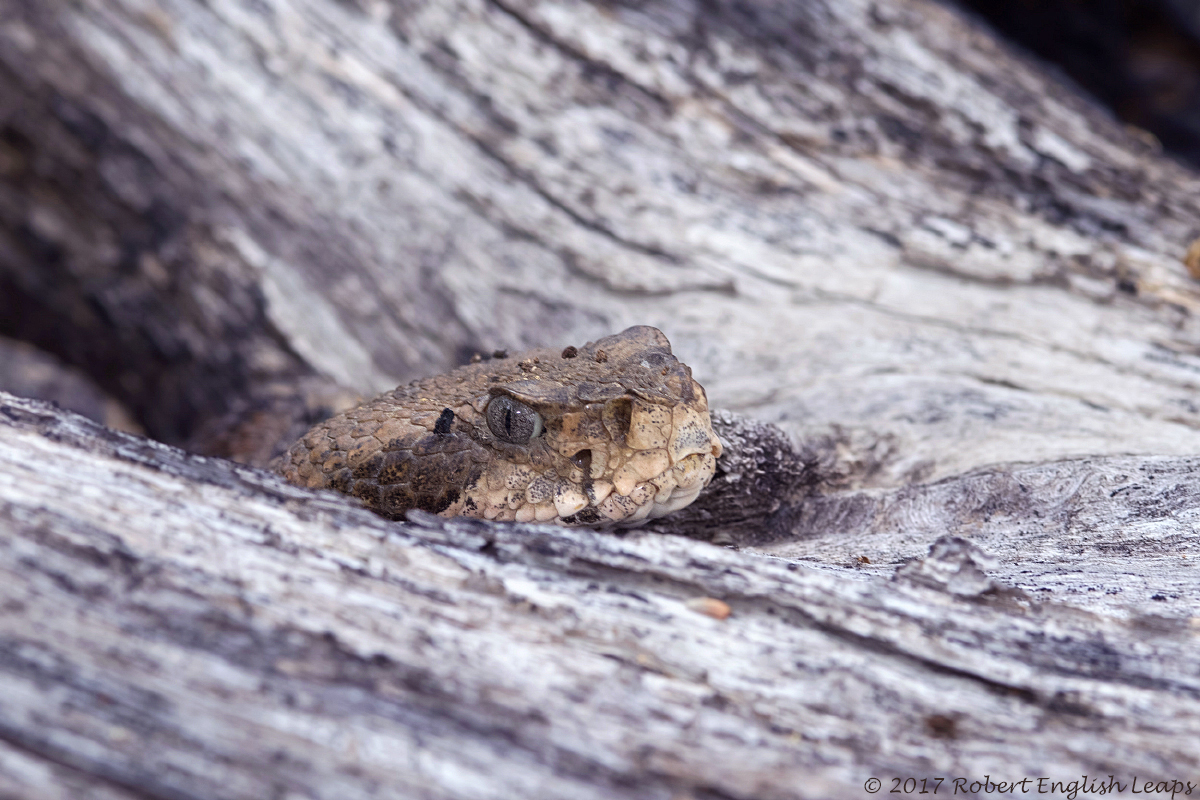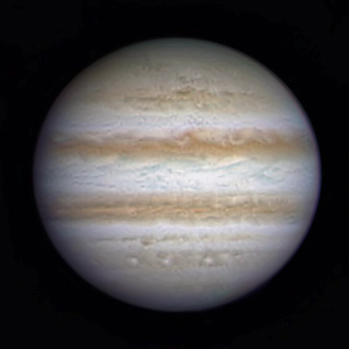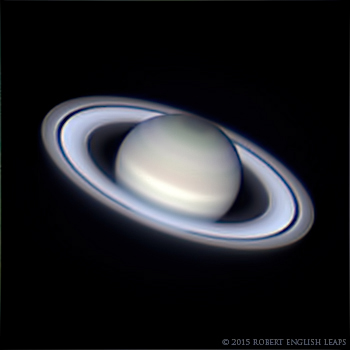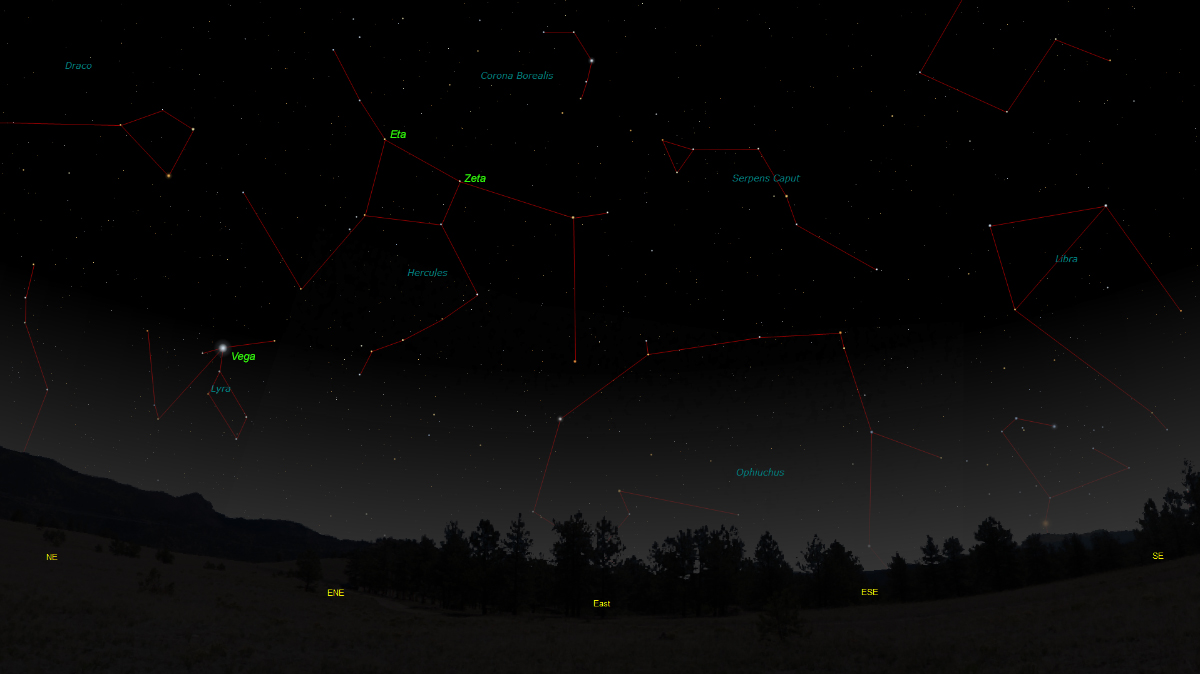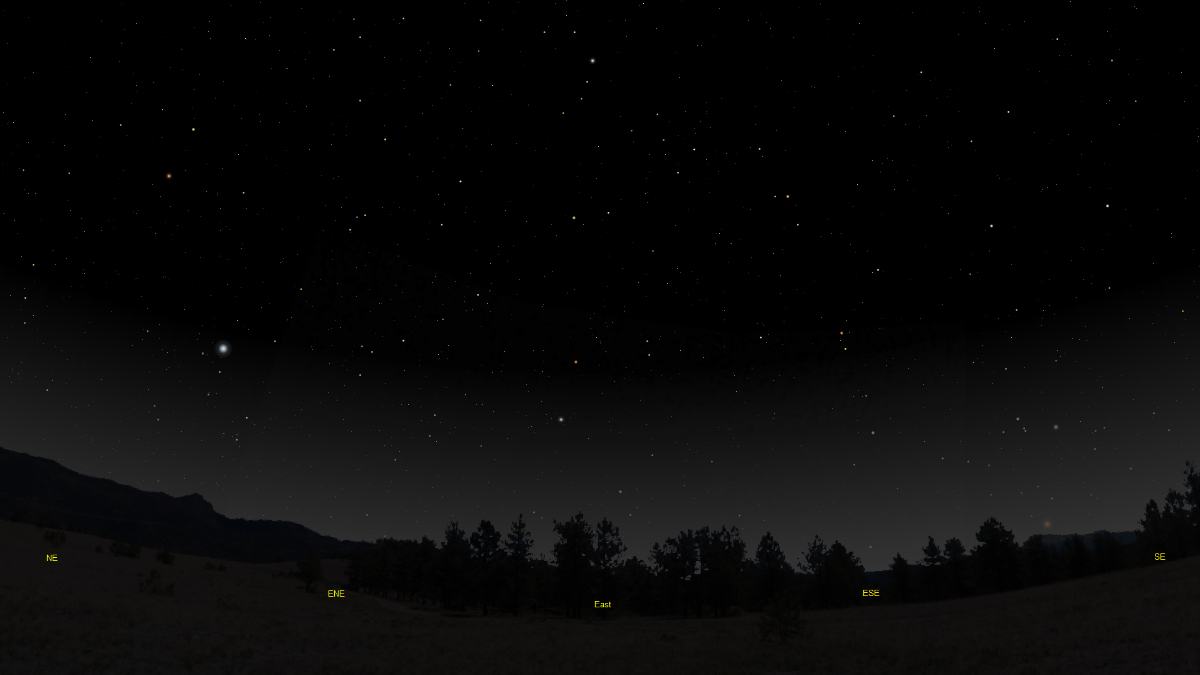The purpose of this feature is to give scout leaders, educators and naturalists an idea of some of the natural events coming up each month. We will try to cover a variety of natural events ranging from sky events to calling periods of amphibians, bird and mammal watching tips, prominent wildflowers and anything else that comes to mind. We will also note prominent constellations appearing over the eastern horizon at mid-evening each month for our area for those who would like to learn the constellations. If you have suggestions for other types of natural information you would like to see added to this calendar, let us know! Note: You can click on the hyperlinks to learn more about some of the featured items. To return to the Calendar, hit the "back" button on your browser, NOT the "back" button on the web page. All charts are available in a "printer friendly" mode, with black stars on a white background. Left clicking on each chart will take you to a printable black and white image. Please note that images on these pages are meant to be displayed at 100%. If your browser zooms into a higher magnification than that, the images may lose quality. Though we link book references to nationwide sources, we encourage you to support your local book store whenever possible.
Notes and Images From April 2017
Sky Events for May 2017: Evening Sky:
Mars is about 17 degrees above the western horizon at dusk at the beginning of the month. It will gradually sink lower into the twilight sky as the month progresses. Telescopically, it is tiny, measuring less than 4 seconds of an arc in apparent diameter. Binoculars will make it easier to pick out of the twilight. Jupiter pretty much rules the night sky this month. It transits around 11:04 pm. Binoculars, steadily held, will usually show several of the Gallilean moons. Jupiter is in retrograde motion as the Earth swings by it, appearing to retrace it's path in the sky before continuing on its way. Its distance from the bright star Spica will continue to increase till sometime in June, then start decreasing again as it returns to its normal stately eastward progression relative to the background stars. Saturn is in Sagittarius as the month begins, rising around 10:54pm CDT. It will move into Ophiuchus during the second part of the month. The tilt of the rings has now opened to 26 degrees, and the view is spectacular in any size telescope. The planet transits around 3:53am CST. Saturn will come to opposition on the night of June 15th. The globe of Saturn will appear 18.3 seconds of an arc in diameter by the end of the month. Morning Sky:
Venus continues to dazzle in the early morning sky in the east. It's apparent distance from the Sun will increase throughout the month. The very thin crescent seen at the beginning of April has waxed, and by then end of this month Venus will appear about half lit and smaller in size. Venus will reach greatest elongation from the Sun early in June.Constellations: The views below show the sky looking east at 9:30pm CDT on May 15th. The first view shows the sky with the constellation outlined and names depicted. Star and planet names are in green. Constellation names are in blue. The second view shows the same scene without labels. A sure sign that spring is here is the rising of the bright blue-white star Vega in the early evening. Vega is the brightest star in Lyra, the Lyre, and it shines like a diamond in a small telescope. As spring progresses and Hercules rises higher in the sky, look for the globular cluster Messier 13 (M13), which appears like a small fuzzy patch of light about 1/3 of the distance from Eta to Zeta Hercules (see illustration below). A cluster of stars about 21,000 light years away, M13 can be made out with the naked eye in a dark country sky when the constellation is high in the sky. Binoculars will help pick it out. With a small telescope you can resolve some of the stars of the cluster.
On Learning the Constellations: We advise learning a few constellations each month, and then following them through the seasons. Once you associate a particular constellation coming over the eastern horizon at a certain time of year, you may start thinking about it like an old friend, looking forward to its arrival each season. The stars in the evening scene above, for instance, will always be in the same place relative to the horizon at the same time and date each May. Of course, the planets do move slowly through the constellations, but with practice you will learn to identify them from their appearance. In particular, learn the brightest stars (Like Vega in the above scene looking east), for they will guide you to the fainter stars. Once you can locate the more prominent constellations, you can "branch out" to other constellations around them. It may take you a little while to get a sense of scale, to translate what you see on the computer screen or what you see on the page of a book to what you see in the sky. Look for patterns, like the stars that make up the constellation Hercules. The earth's rotation causes the constellations to appear to move across the sky just as the sun and the moon appear to do. If you go outside earlier than the time shown on the charts, the constellations will be lower to the eastern horizon. If you observe later, they will have climbed higher. As each season progresses, the earth's motion around the sun causes the constellations to appear a little farther towards the west each night for any given time of night. If you want to see where the constellations in the above figures will be on June 15th at 9:30pm CDT, you can stay up till 11:30pm CDT on May 15th and get a preview. The westward motion of the constellations is equivalent to two hours per month. Recommended: Sky & Telescope's Pocket Star Atlas is beautiful, compact star atlas. A good book to learn the constellations is Patterns in the Sky, by Hewitt-White. You may also want to check out at H. A. Rey's classic, The Stars, A New Way to See Them. For skywatching tips, an inexpensive good guide is Secrets of Stargazing, by Becky Ramotowski. A good general reference book on astronomy is the Peterson Field Guide, A Field Guide to the Stars and Planets, by Pasachoff. The book retails for around $14.00. The Virtual Moon Atlas is a terrific way to learn the surface features of the Moon. And it's free software. You can download the Virtual Moon Atlas here. Cartes du Ciel (described in the monthly notes above) is a great program for finding your way around the sky. It is also free, and can be downloaded here. Apps: We really love the Sky Safari 5 Pro. It is available for both iOS and Android operating systems. There are three versions. The Pro is simply the best astronomy app we've ever seen. The description of the Pro version reads, "includes over 27 million stars, 740,000 galaxies down to 18th magnitude, and 620,000 solar system objects; including every comet and asteroid ever discovered." For upcoming events, the Sky Week application is quite nice. Available for both I-phone and Android operating systems.A nother great app is the Photographer's Ephemeris. Great for finding sunrise, moonrise, sunset and moonset times and the precise place on the horizon that the event will occur. Invaluable not only for planning photographs, but also nice to plan an outing to watch the full moon rise. Available for both androids and iOS.
Amphibians: By the end of May all of Tennessee's frogs and toads are either calling or have already reached their peak calling period and are being heard less. The abundant rains this year have certainly created some spectacular choruses, particularly with the treefrogs. Cope's Gray Treefrogs and Gray Treefrogs start giving isolated calls as early as late February, and by the end of this month listen also for Bird-Voiced Treefrogs, Green Treefrogs and Barking Treefrogs. In May we also hear Fowler's Toads calling frequently, so listen for their "crying baby" call. Eastern Cricket Frogs are hitting their stride as well. Listen for a sound like two stones being tapped together. Listen also for the high thin calls of Eastern Narrow-mouthed Toads after heavy rains. We have heard eight or more species of frogs calling on some May evenings, so it's a great time to listen. Upland Chorus Frogs and Spring Peepers continue to call. Listen for their calls to increase in pitch and quicken with the rising temperatures. Recommended: The Frogs and Toads of North America, Lang Elliott, Houghton Mifflin Co. Archives (Remember to use the back button on your browser, NOT the back button on the web page!)
Natural Calendar February 2016 Natural Calendar December 2015 Natural Calendar November 2015 Natural Calendar November 2014 Natural Calendar September 2014 Natural Calendar February 2014 Natural Calendar December 2013 Natural Calendar September 2013 Natural Calendar December 2012 Natural Calendar November 2012 Natural Calendar September 2012 Natural Calendar February 2012 Natural Calendar December 2011 Natural Calendar November 2011 Natural Calendar September 2011 Natural Calendar December 2010 Natural Calendar November 2010 Natural Calendar September 2010 Natural Calendar February 2010 Natural Calendar December 2009 Natural Calendar November 2009 Natural Calendar September 2009 Natural Calendar February 2009 Natural Calendar December 2008 Natural Calendar November 2008 Natural Calendar September 2008 Natural Calendar February 2008 Natural Calendar December 2007 Natural Calendar November 2007 Natural Calendar September 2007 Natural Calendar February 2007 Natural Calendar December 2006 Natural Calendar November 2006 Natural Calendar September 2006 Natural Calendar February 2006 Natural Calendar February 2003 Natural Calendar December 2002 Natural Calendar November 2002 Nature Notes Archives: Nature Notes was a page we published in 2001 and 2002 containing our observations about everything from the northern lights display of November 2001 to frog and salamander egg masses. Night scenes prepared with The Sky Professional from Software Bisque All images and recordings © 2017 Leaps.
|
|
